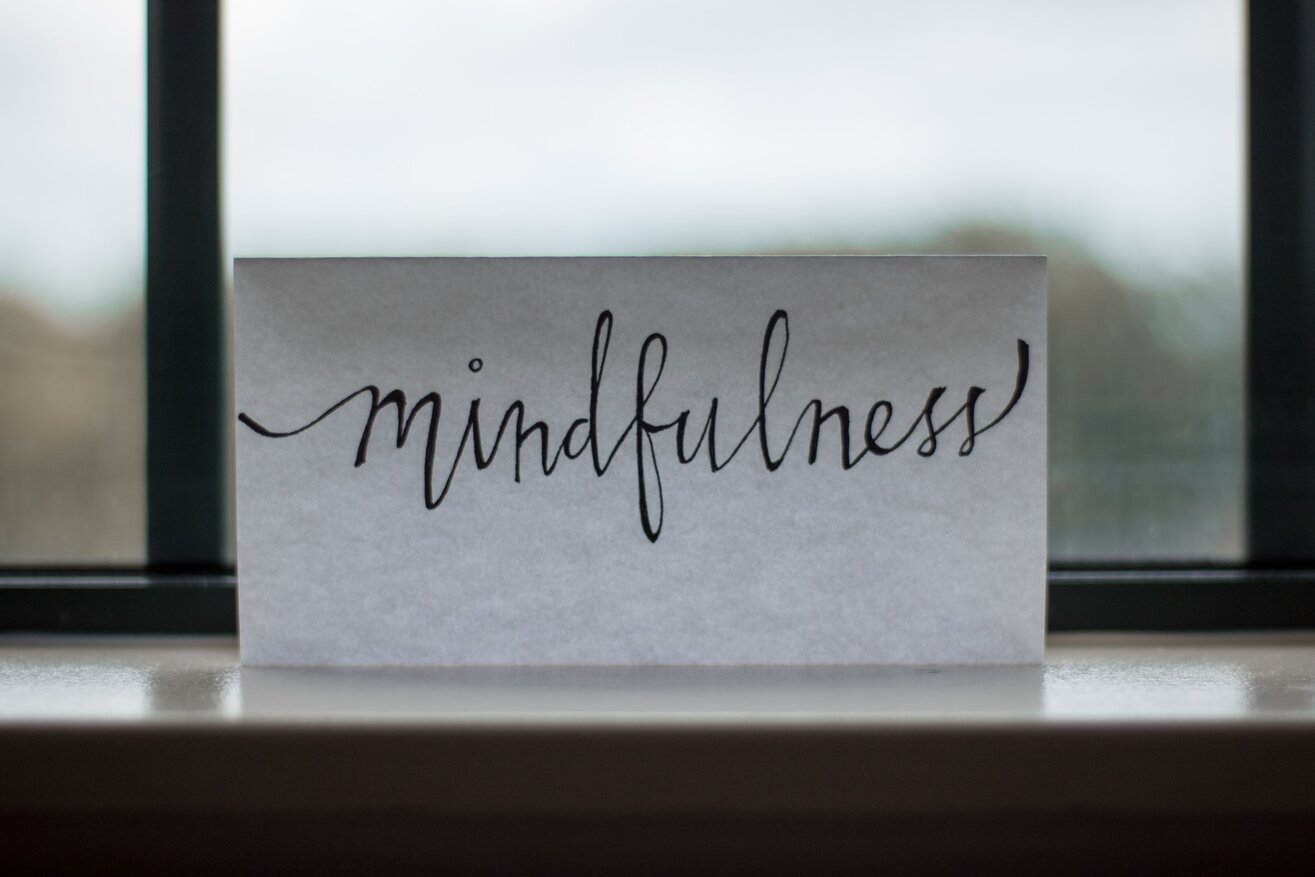Skills to help combat return-to-office anxiety post lockdown

Cognitive Behavioural Therapy (CBT) combines cognitive therapy (which looks at the thoughts we think) and Behavioural Therapy (which looks at the actions we take), with the view that our thoughts, feelings and behaviours are all interconnected. CBT can help us break negative thought cycles, consequently impacting our emotions and behaviour, and can be useful for a range of psychiatric conditions including anxiety.
Some common CBT techniques can also help with reducing anxiety and may be useful as we are transitioning out of lockdowns and into offices:
Breathing Techniques
During periods of stress, breathing is often shallow and short – using the shoulders instead of diaphragms. Controlled breathing helps us combat anxiety and stress. There are a number of different Controlled Breathing techniques that therapists can teach clients – including square breathing technique, the 4-7-8 technique and Deep/Diaphragmatic breathing. All types aim to help limit shallow breath, increase relaxation and have the ability to reduce feelings of stress.
Note: If you have a medical condition that may be affected by slowing down your breathing – including but not limited to cardiovascular problems, epilepsy, and asthma, please consult with your doctor prior to beginning any type of relaxation training exercise.
4-7-8 breathing technique
- Involves breathing in through the nose for 4 seconds, holding the breath for 7 seconds, and exhaling out through the mouth for 8 seconds.
- Repeat the cycle up to 4 times – it may be worth limiting to 4 times in a row or sitting/lying down whilst practising this technique to avoid feelings of dizziness.
Deep/Diaphragmatic breathing
- Find a quiet, distraction free place.
- Lie or sit down.
- Avoid wearing tight or restrictive clothing.
- Relax your shoulders.
- Place one hand on your upper chest and the other on your stomach
- Inhale, taking a deep breath from your abdomen and count to 3 – as you inhale you should feel your stomach rise. Your chest should not move.
- After a short pause, exhale to the count of 3.
- Continue this breathing pattern for 5-10 minutes until you feel relaxed.
Square Breathing
- Find a quiet, distraction free place.
- Assess your normal breathing pattern – count how many seconds each inhale and exhale normally take.
- After establishing baseline measurements, increase the inhale and exhale length by 1 second.
- Once you have adjusted to the new slower breathing rate, increase the inhale and exhale by another second – if you feel out of breath or uncomfortable you may be slowing down too quickly – this process should be done gradually so there is no difficulty.
- When comfortable with the slower breath, try adding in a pause after every inhale and exhale – the pause length can range from 2-10 seconds, depending on what is comfortable.
- Continue the technique for 10-15minutes.
Positive Thinking and Affirmations
- Positive self-talk and affirmations can help combat negative or disruptive thoughts – try thinking the opposite to these negative thoughts. Examples include:
-
- I can do this.
- It is ok to feel like this.
- I am strong and can get through this.
-
- Positive thoughts can help overcome negative thoughts and identify strengths – which may help as we return to offices.
“Elastic Band” Method
- This process involves wearing an elastic band on the wrists, which is snapped every time the wearer notices a negative thought.
- This will not stop negative thoughts from occurring, instead it is a way of acknowledging them, so they are less likely to influence behaviours and emotions.
Progressive Muscle Relaxation
- Relaxing the body to relax the mind.
- There are various PMR sequences – ranging from 16 or 4 muscle groups, and in a downward/upward sequence. Each sequence encourages clients to focus on specific body regions at a time, tensing these muscles, holding the tension and then relaxing, before moving to the next area. By becoming aware of the sensation of being tense individuals can learn how to relax during periods of tension. This process can take a while to master.
- Step 1 – be comfortable, in a calm place that is distraction free.
- Step 2 – Inhale deeply through your nose and exhale through your mouth – repeat this 3-5 times.
- Step 3 – tighten and release your muscles – starting with one area, clenching the muscles, holding the tension and releasing, before moving on to the next body region.
Note: Further information about what CBT is, how it can help and where it can be accessed can be viewed on websites such as the NHS and MIND.
If you would like to discuss this article, or would like further information about the issues and tips mentioned, please contact Zoe Spalding






